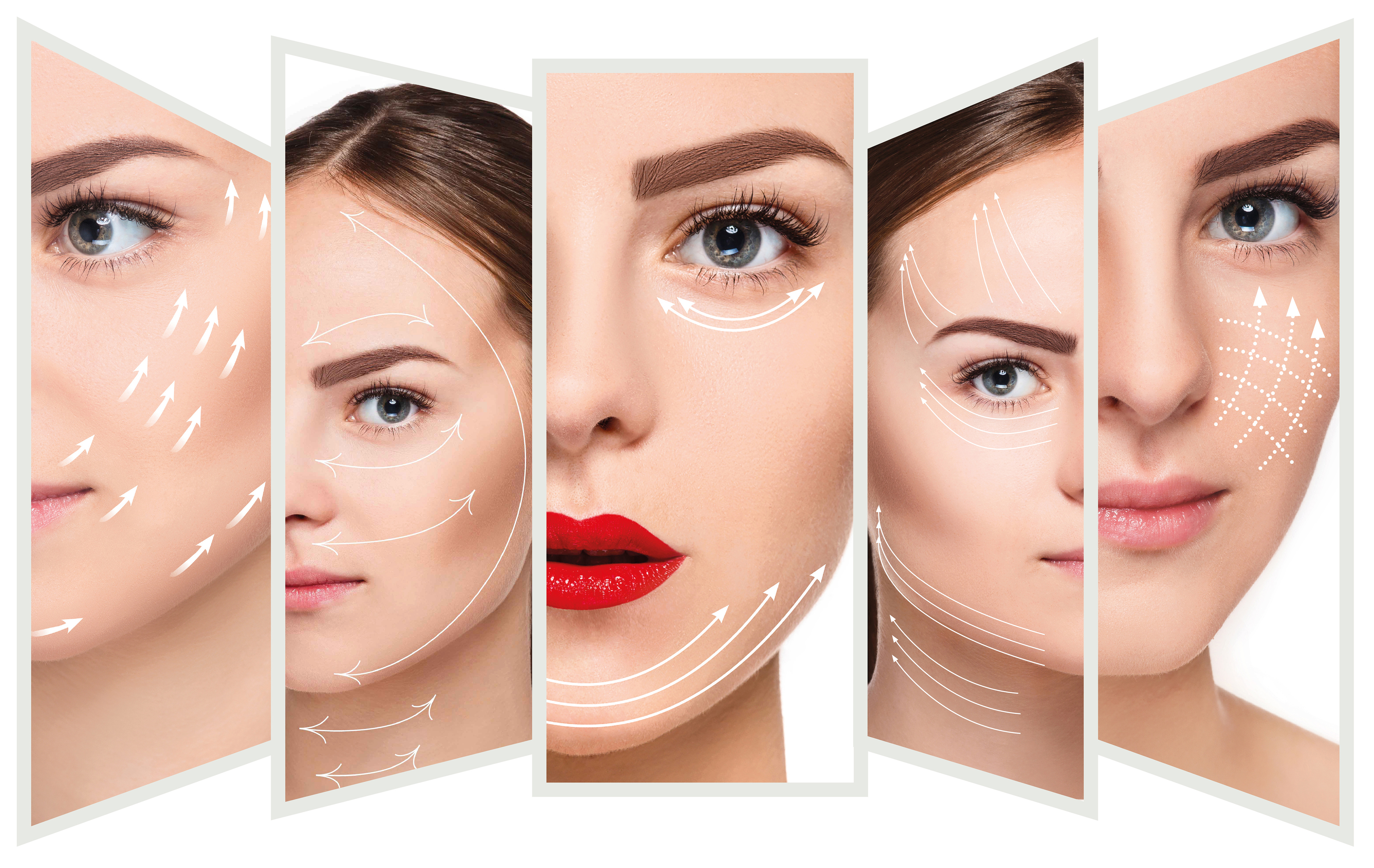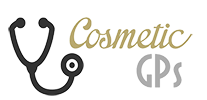What is Thread Lifting?
Thread lifting methods are minimally invasive face and body rejuvenation methods, allowing to get momentary results:
- to improve soft tissue contours,
- to slow down aging processes,
- to preserve beauty without surgical intervention, i.e. without scars or haematoma
- These products and the methods have gained world recognition and are successfully applied by specialists in 48 countries of the world.

The authors of the products and methods have been awarded many prestigious international awards and patents of invention.
The threads are made of polypropylene. It is a synthetic non-absorbable material, used in surgery for over 50 years.
Polypropylene is safe, does not cause allergy and is not rejected by the organism.
The implanted threads make a strong supporting skeleton and give excellent aesthetic results.
The first improvements are seen right after the procedure and the final results show in 2-3 weeks. The results maintain up to 4-5 years on the average*.
The different types of Lifting treatments
Lifting treatments that are using special threads have been executed for several years. On the market appeared different kind of threads: Silhouette, Aptos and Happy Lift. The latest product used in such treatments is called a PDO thread. In contrast to the previously used threads, PDO thread does not have hooks or tapers that rise tissue. Lifting effect is achieved by a special thread weave and polydioxanone which has properties that stimulate the synthesis of collagen and elastin. It is the substance from which threads are made of.
PDO Thread Lifting
Cosmetic GPs is one of the first and few centres in Manchester offering PDO thread lifting which helps Collagen regeneration. It is a very Simple treatment with good improvement of skin tone and elasticity.
Threads are made of PDO (Polydioxanone), it is a thread with no cones, thus no damage to the tissue. This is the same thread used in Cardiac and other surgeries as sutures, and thus it is very safe.
Aging causes the skin tissue to become thin because of break down of collagen and elastin fibres, which results in sagging skin, deep creases, folds and wrinkles. PDO thread reverses the effects of aging.
Threads are implanted into the sub-dermal skin and stimulate the production of collagen and the skin becomes firmer, elastic and moisturised.
The thread dissolves itself in a few months but the produced collagen will remain for much longer.
The thread can be applied to anywhere on the body, such as a flabby face, cheeks, eyebrows, to prevent eye bags, sagging neck skin, fine lines, around Cheeks, angle around the mouth, laugh lines, forearm and abdomen, smokers lines and even lifting of breast.
What is PDO (polydioxanone)
PDO (polydioxanone) is a potent synthetic fibre, consisting of one filament (monofilament) or two filaments twisted solid (polifilament) which dissolve after a certain time in the tissue.
Based on clinical observations, it was found that polydioxanone stimulates tissue neocollagenesis process – that stimulates the production of new collagen – the protein responsible for the tension and firmness of the skin. In addition, stimulation of fibroblasts results in stimulating the synthesis of elastin – the protein responsible for skin firmness and elasticity. In vivo, it was also found that the effect of polydioxanone causes the synthesis of natural (endogenous) hyaluronic acid. Through this mechanism the skin, in which we introduce a PDO thread becomes firmer, elastic and moisturised.
Treatment effects of PDO Threading
- Skin rejuvenation
- Smoothing wrinkles
- Narrowing the pores
- Skin Lightening
- Increase the volume
- Lifting the skin
Treatment Areas for PDO Threading
- Vertical and horizontal forehead wrinkles
- Forehead, reduced outer edges of the eyebrows, slender, soft tissue, drooping eyebrows
- Lower eyelid – bags
- Cheeks
- Clear nasal-labial folds
- The groove buccal-zygomatic
- Double chin
- The puppet fold
- V-lifting
- Drooping cheeks and the area under the lower jaw
- Folds of skin on the cheek
- Wrinkled cheeks
- The folds and wrinkles of the skin on the neck and décolleté
- Sagging tissue
- Insensitive skin and subcutaneous tissue (especially after liposuction)
- Obesity – arms, abdomen
